How to Optimize Your Packaging Line Efficiency with Case Erectors Using Industry Data
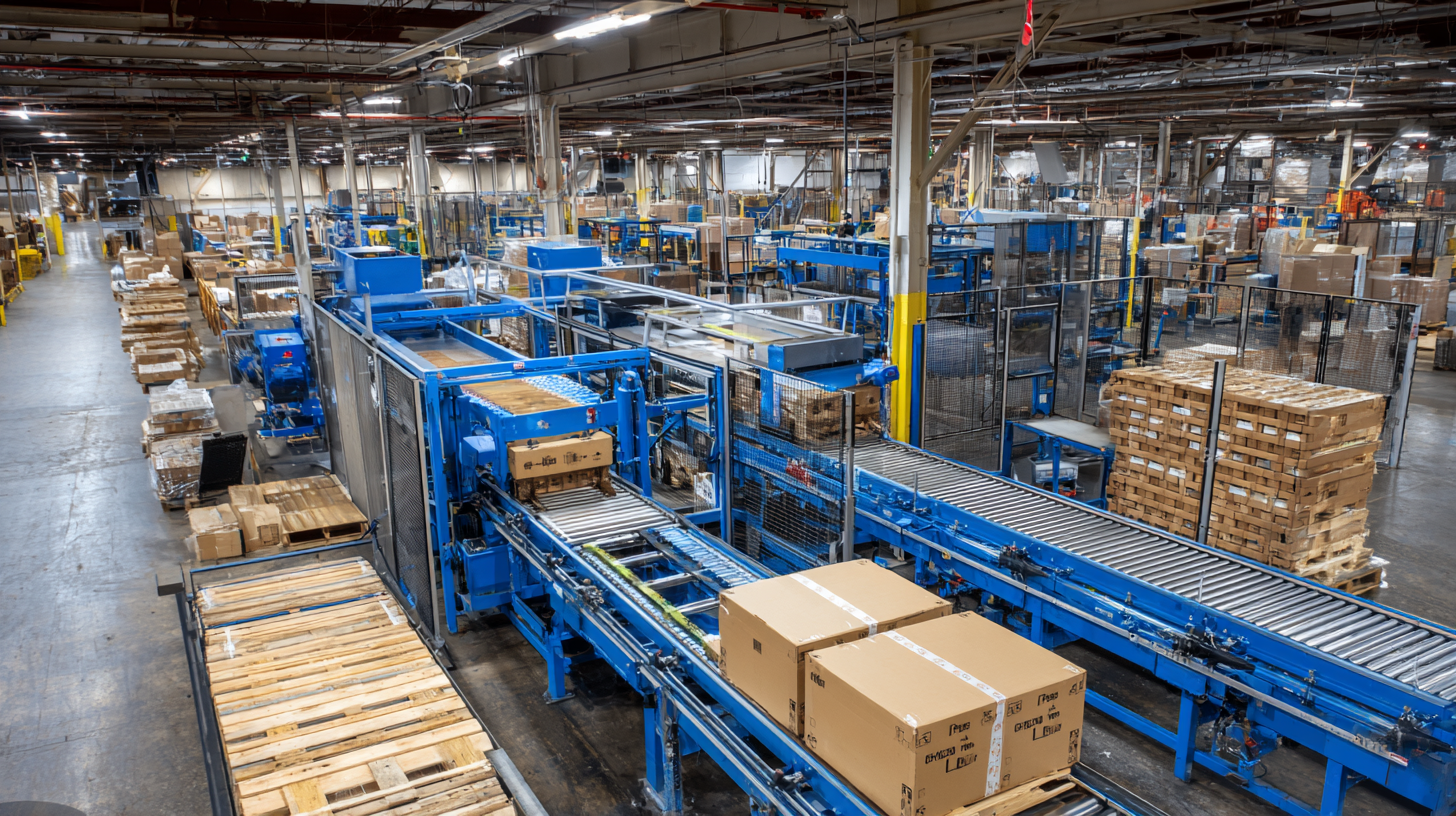 In the competitive landscape of manufacturing and packaging, optimizing efficiency is paramount to staying ahead. According to a recent report by Smithers Pira, the global packaging market is projected to reach $1 trillion by 2024, emphasizing the critical need for effective packaging solutions. One of the key technologies driving efficiency in this sector is the case erector, which automates the process of setting up boxes for packaging. Industry data reveals that implementing case erectors can reduce labor costs by up to 30% and significantly minimize errors during the packing process. Furthermore, with consumer demand for faster delivery times, the ability to streamline your packaging line with case erectors not only improves throughput but also boosts overall productivity. By leveraging such advanced technologies and industry insights, businesses can effectively enhance their packaging line efficiency, leading to greater profitability and competitiveness in the marketplace.
In the competitive landscape of manufacturing and packaging, optimizing efficiency is paramount to staying ahead. According to a recent report by Smithers Pira, the global packaging market is projected to reach $1 trillion by 2024, emphasizing the critical need for effective packaging solutions. One of the key technologies driving efficiency in this sector is the case erector, which automates the process of setting up boxes for packaging. Industry data reveals that implementing case erectors can reduce labor costs by up to 30% and significantly minimize errors during the packing process. Furthermore, with consumer demand for faster delivery times, the ability to streamline your packaging line with case erectors not only improves throughput but also boosts overall productivity. By leveraging such advanced technologies and industry insights, businesses can effectively enhance their packaging line efficiency, leading to greater profitability and competitiveness in the marketplace.
Identifying Key Metrics for Packaging Line Efficiency Improvement
In recent years, optimizing packaging line efficiency has become a focal point for companies aiming to improve productivity and reduce operational costs. One of the key metrics for assessing packaging line efficiency is Overall Equipment Effectiveness (OEE), which combines availability, performance, and quality measures. According to industry reports, companies that adopt case erectors and monitor OEE can enhance their productivity by up to 15%, showcasing the impactful role of automation in modern packaging processes.
**Tip:** To effectively utilize case erectors, ensure that they are integrated with robust data analytics systems that can track critical performance metrics. This allows for real-time monitoring and immediate adjustments that can significantly enhance the productivity of the packaging line.
Another essential metric to consider is cycle time, which refers to the total time taken from the beginning to the end of an operation. Studies indicate that reducing cycle time by only a few seconds can lead to substantial increases in output. Implementing Industry 4.0 technologies, such as IoT sensors in case erecting machines, facilitates the continuous measurement of this cycle time, enabling manufacturers to swiftly identify bottlenecks.
**Tip:** Regularly reviewing cycle time data can provide insights into efficiency bottlenecks, allowing teams to brainstorm and implement process improvements more effectively.
How to Optimize Your Packaging Line Efficiency with Case Erectors Using Industry Data - Identifying Key Metrics for Packaging Line Efficiency Improvement
| Metric | Current Value | Target Value | Improvement Potential (%) |
|---|---|---|---|
| Line Speed (cases/min) | 30 | 45 | 50% |
| Changeover Time (minutes) | 15 | 5 | 67% |
| Downtime (% of total time) | 10% | 5% | 50% |
| First Pass Yield (%) | 85% | 95% | 12% |
| Labor Cost per Case ($) | 0.50 | 0.30 | 40% |
Understanding the Role of Case Erectors in Streamlining Production
Case erectors play a crucial role in optimizing packaging line efficiency by automating the process of forming boxes from flat materials. By utilizing case erectors, manufacturers can streamline production workflows, significantly reducing the time spent on manual box assembly. The equipment operates consistently, ensuring that cases are formed accurately and swiftly, eliminating the inconsistencies and delays often associated with manual labor.
Furthermore, integrating industry data into the operation of case erectors enhances their effectiveness. By analyzing real-time production data, manufacturers can identify bottlenecks and make informed decisions to adjust machinery settings or workflow processes. This data-driven approach not only maximizes output but also minimizes material waste, contributing to a more sustainable production line. Ultimately, the strategic use of case erectors empowers companies to improve their packaging operations, leading to enhanced productivity and cost savings.
Leveraging Industry Data to Analyze Packaging Workflow
In the ever-evolving packaging industry, optimizing workflow efficiency is vital, and leveraging industry data offers manufacturers a robust method to achieve this. Insights from market research reveal that the automated guided vehicle (AGV) market is projected to see significant growth, reaching a value of approximately $5 billion by 2025, with a compound annual growth rate (CAGR) exceeding 10% from 2023 to 2030. This growth is driven by increasing demand for efficiency in logistics and supply chain operations. By implementing case erectors and AGVs, companies can streamline their packaging lines, enhancing productivity and reducing operational costs.
Moreover, the integration of artificial intelligence (AI) in packaging is set to transform the sector, as the AI packaging market is estimated to reach $2.4 billion in 2024, with expected growth rates surpassing 10.1% annually through 2034. This trend is largely attributed to rising needs for supply chain transparency and packaging traceability. Industry leaders are increasingly adopting data-driven strategies to refine their packaging processes. By analyzing packaging workflows, manufacturers can identify bottlenecks, improve resource allocation, and ultimately enhance overall line efficiency, solidifying their competitiveness in the marketplace.
Implementing Automation Solutions for Enhanced Packaging Performance
Implementing automation solutions in your packaging line can significantly enhance efficiency and performance. According to a recent report by the Freedonia Group, automated packaging processes can increase production speed by 25-35%, reducing labor costs while maintaining consistency and quality.
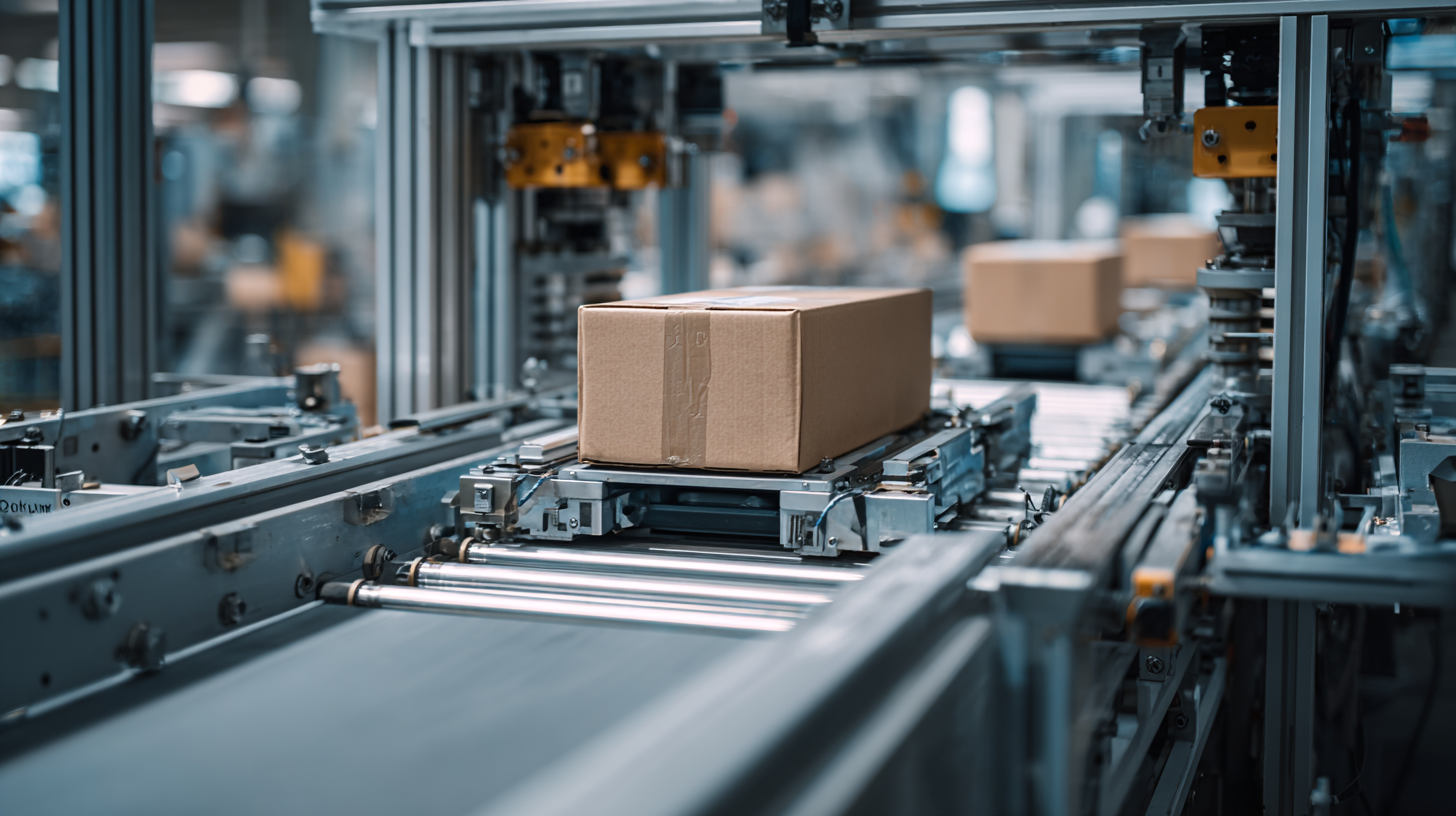 Case erectors, which simplify the box assembly process, are crucial in this automation landscape, ready to handle various packaging needs with precision.
Case erectors, which simplify the box assembly process, are crucial in this automation landscape, ready to handle various packaging needs with precision.
Tips: To maximize the benefits of automation, consider integrating smart technologies such as IoT devices. These can offer real-time data analytics to identify bottlenecks and optimize workflow. Additionally, selecting case erectors with adjustable settings allows for quick changeovers to accommodate different product sizes, which can further streamline operations.
With the growing demands in e-commerce and retail, companies must adapt efficiently. A study by PMMI indicates that over 70% of manufacturers are planning to invest in automated solutions to keep pace with market trends. Leveraging data-driven insights through automation not only improves packaging efficiency but also enhances overall operational productivity in an increasingly competitive environment.
Strategies for Continuous Improvement in Packaging Line Operations
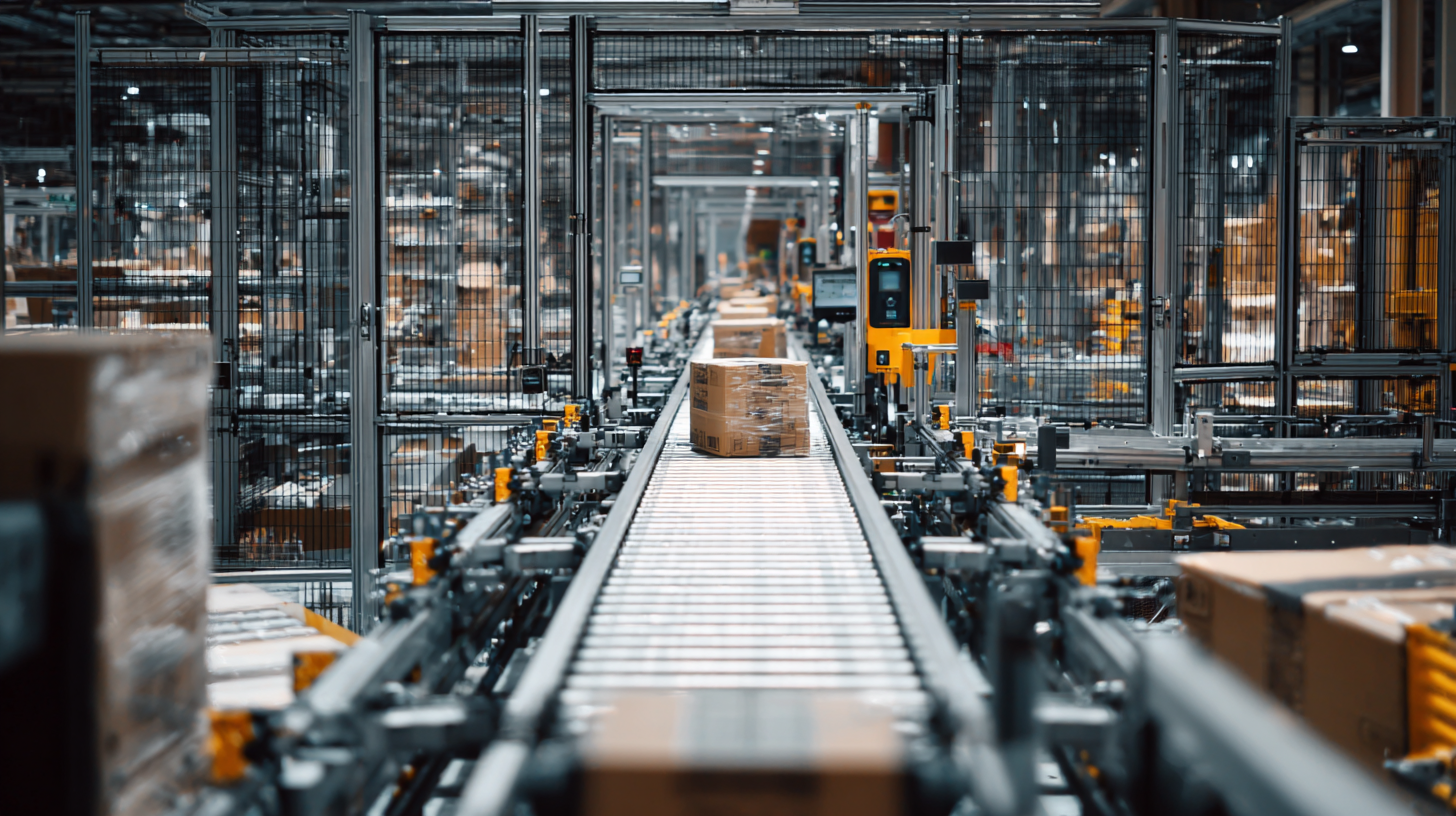 When it comes to enhancing packaging line efficiency, leveraging industry data is essential for continuous improvement. One effective strategy is to analyze workflow bottlenecks. By identifying which stages in the packaging process slow down operations, businesses can implement targeted solutions. Regularly reviewing production data allows companies to pinpoint issues before they escalate, ensuring a smoother workflow.
When it comes to enhancing packaging line efficiency, leveraging industry data is essential for continuous improvement. One effective strategy is to analyze workflow bottlenecks. By identifying which stages in the packaging process slow down operations, businesses can implement targeted solutions. Regularly reviewing production data allows companies to pinpoint issues before they escalate, ensuring a smoother workflow.
Tips: Conduct weekly reviews of production metrics to highlight recurring issues. Engage your team in brainstorming sessions to develop innovative solutions for the problems identified. By involving employees in this process, you not only gain valuable insights but also foster a culture of continuous improvement.
Another critical aspect is investing in automation tools like case erectors. These machines not only speed up the packing process but also reduce manual labor errors. Integrating real-time monitoring systems helps track performance and adjust parameters dynamically for optimal output.
Tips: Set key performance indicators (KPIs) for your packaging line and use automation data to measure these metrics. Encourage feedback from operators to refine the use of machinery and further boost efficiency.
Related Posts
-
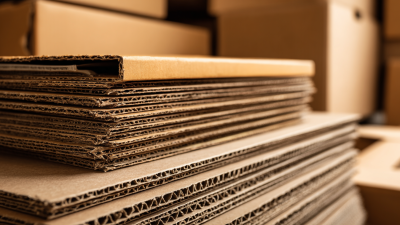
Navigating International Standards: How Best Cardboard Packaging Meets Global Import Certification Requirements
-
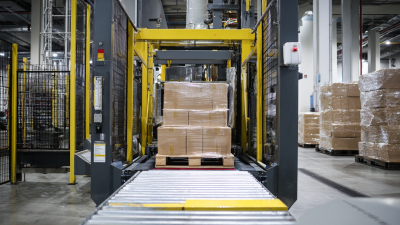
Exploring Innovative Examples of Pallet Shrink Wrap Machines in Modern Warehousing
-

The Essential Guide to Choosing the Right Honeycomb Packing Paper for Your Business
-

Innovative Examples of How Packaging Machines Transform Production Efficiency
-

How to Choose the Best Tape Machine for Your Box Packaging Needs
-

How to Choose Sustainable Packaging Materials for Your Business Needs
